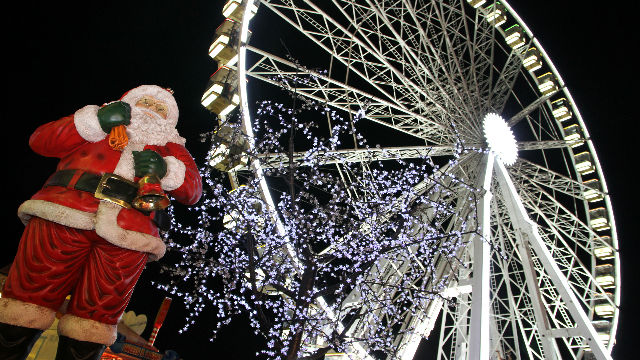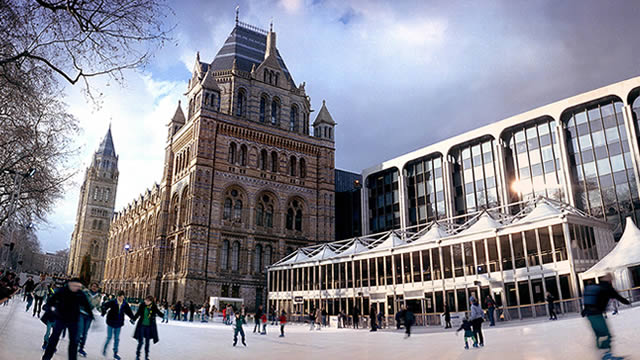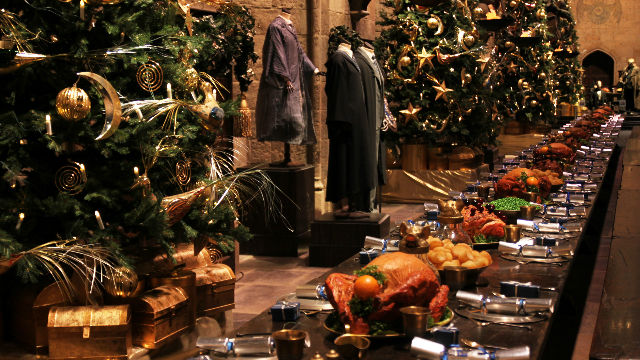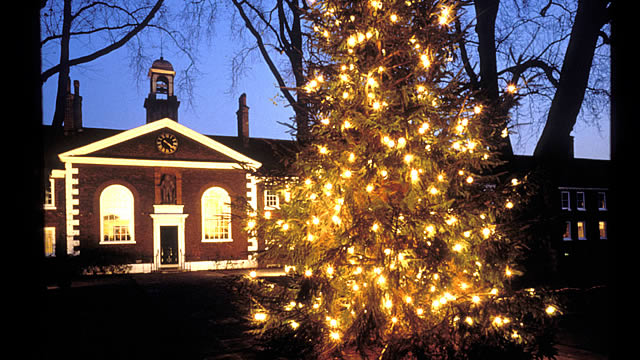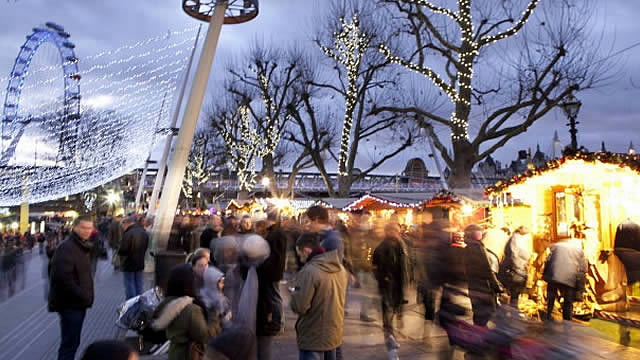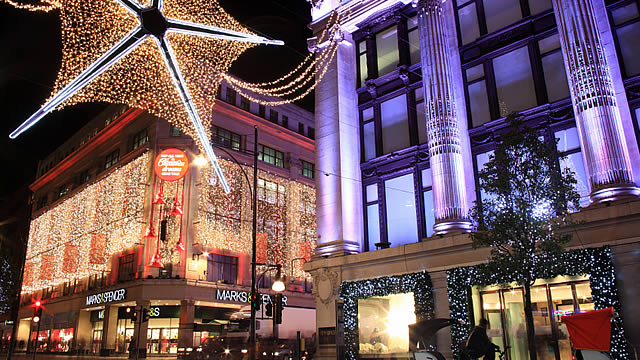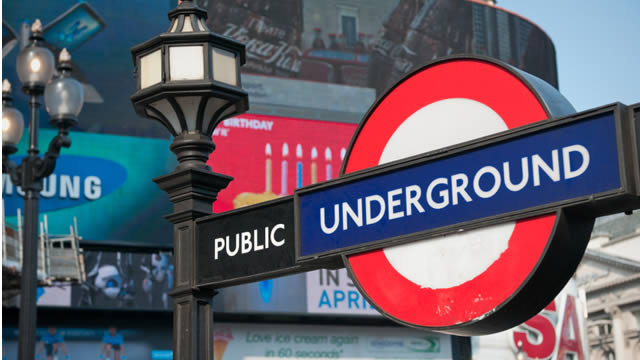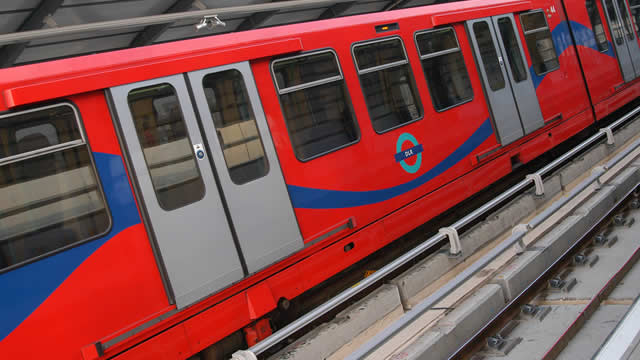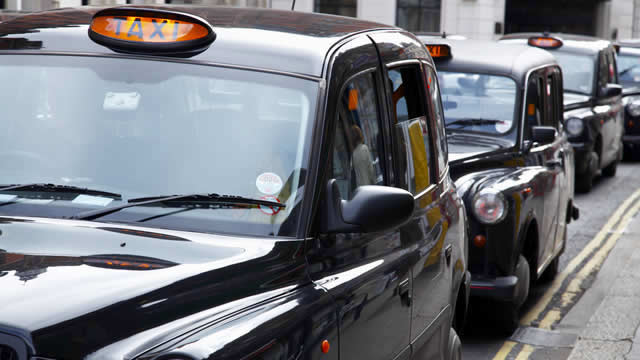
Cappadocia Wine Country
Fairy chimneys get all the attention in Cappadocia,
and for good reason. It’s a landscape like none other and rightly
heralded, especially from above on a Cappadocia balloon ride. However,
the adulation sometimes fogs over the many other attractions, like
Cappadocia wine country. The same volcanic ash that established the the
highly carvable tufa stone also enriched the soil’s nutrients
significantly and created several compositional advantages, such as
longer water retention and insulation from temperature fluctuations.
Few people ever envision themselves staying in a cave, much less paying top dollar for it. Yet, among Cappadocia’s “fairy chimneys,” there’s no better way to immerse yourself after a Private Cappadocia Food and Culture Tour. A thriving tourism industry keeps them fully booked during peak season, especially around Goreme, but before putting down the sometimes high fees, it’s good to keep in mind these seven things to know about staying in a cave hotel.

Few people ever envision themselves staying in a cave, much less paying top dollar for it. Yet, among Cappadocia’s “fairy chimneys,” there’s no better way to immerse yourself after a Private Cappadocia Food and Culture Tour. A thriving tourism industry keeps them fully booked during peak season, especially around Goreme, but before putting down the sometimes high fees, it’s good to keep in mind these seven things to know about staying in a cave hotel.
Blood, Sweat and Tears
Cappadocia’s caves were originally carved out by populations seeking refuge and security deep in the earth. As such, the walls of many were shaped by bare hands more than a millennium old, imbuing the rooms with an indelible personal touch, literally.One of a Kind
Owing to the extreme individual nature of the construction of each space, no two are identical. As such, don’t be afraid to check out a few rooms before selecting, if the option is available.Cozier Than Expected
Stone is rarely softer than when it’s volcanic tufa. Most hotels have added several layers of texture on top of this to fluff it further, including thick carpets, wall hangings, plush linen, bedding, artwork and lighting.Bling Baby Bling
A night’s stay at a Cappadocia cave hotel is no cheap experience. In fact, many represent the peak of luxury hospitality in the area and sport names like Relais & Chateaux, where nightly rates can reach several thousand dollars for the best rooms. Nonetheless, a few budget versions exist.Good Day Sunshine
The best of the caves’ ancient builders endowed their homes with lots of south facing windows to allow large amounts of sunshine into the room. Open the door in midday and the brightness can be downright squintifying.Wifi-Schmifi
As expected, solid stone, however porous, doesn’t make an easy conduit for a wifi signal. Don’t expect good coverage unless staying in a top end place, and even then, double check. Some rooms probably have stronger signals than others.No AC Required, but…
Inside the stone, temperatures are kept mostly cool in the summer, but as many tourists won’t book without it, some places have installed it nonetheless. So don’t let the lack of it be an immediate deal breaker, especially if trying to budget.Watching the Dervish Whirl in Cappadocia

As the world turns, so do the Dervish.

Horseback Riding in Cappadocia

Fairy chimneys, rock churches, and balloon rides
garner so much of the attention in Cappadocia, that most visitors have
forgotten the meaning of its name—“The Land of Beautiful Horses.”

The Greeks in Cappadocia

Since antiquity, Cappadocia has been the home to a
rich variety of civilizations, cultures, religions and people. For more
than 1,500 years, Christian Greeks have been part of this legacy, and
one can still witness their impact in the many Christian and Byzantine
remnants of the Greeks in Cappadocia, with more than 700 Greek Orthodox
churches and over thirty rock-carved chapels, some that date back as far
as the 6th century.

The Cave Art of Cappadocia

It was erosion and volcanic instability that formed
the otherworldly landscape of Cappadocia, but millenia ago humans began
taking advantage of the region’s soft tufa and began carving churches
into the rock. The subterranean cities and religious architecture that
began to emerge here in the fourth century AD were only part of the
artistic works created here.
 Cappadocia is home to some of Turkey’s most
beautiful and evocative landscapes, and although the region is worth
visiting year-round, certain seasons have their advantages and
disadvantages. Tourists arriving to Cappadocia during the winter have
the rare opportunity to see the magical moon-like terrain covered in a
layer of white snow.
Cappadocia is home to some of Turkey’s most
beautiful and evocative landscapes, and although the region is worth
visiting year-round, certain seasons have their advantages and
disadvantages. Tourists arriving to Cappadocia during the winter have
the rare opportunity to see the magical moon-like terrain covered in a
layer of white snow.

Visiting Cappadocia in Winter
 Cappadocia is home to some of Turkey’s most
beautiful and evocative landscapes, and although the region is worth
visiting year-round, certain seasons have their advantages and
disadvantages. Tourists arriving to Cappadocia during the winter have
the rare opportunity to see the magical moon-like terrain covered in a
layer of white snow.
Cappadocia is home to some of Turkey’s most
beautiful and evocative landscapes, and although the region is worth
visiting year-round, certain seasons have their advantages and
disadvantages. Tourists arriving to Cappadocia during the winter have
the rare opportunity to see the magical moon-like terrain covered in a
layer of white snow.
The Cave Hotels of Urgup

Tourists in Cappadocia have the opportunity for a truly unique lodging experience: staying in a luxurious cave hotel.

Exploring Cappadocia’s Underground Cities and Fairy Chimneys

The Cappadocia region of Turkey is famous for its
pillar-like rock formations and ancient cave dwellings. There are two
standard tour routes that are offered in the area that give visitors a
closer look at a wide variety of these famous sites: the red tour (also
called the north loop), and the green tour (or the south loop). As many
of the sites in the northern loop are within walking distance of Goreme
and neighboring villages, we opted for the green tour in order to cover
more ground as we did not have a car.

Exploring Cappadocia’s Underground Cities and Fairy Chimneys

The Cappadocia region of Turkey is famous for its
pillar-like rock formations and ancient cave dwellings. There are two
standard tour routes that are offered in the area that give visitors a
closer look at a wide variety of these famous sites: the red tour (also
called the north loop), and the green tour (or the south loop). As many
of the sites in the northern loop are within walking distance of Goreme
and neighboring villages, we opted for the green tour in order to cover
more ground as we did not have a car.





























